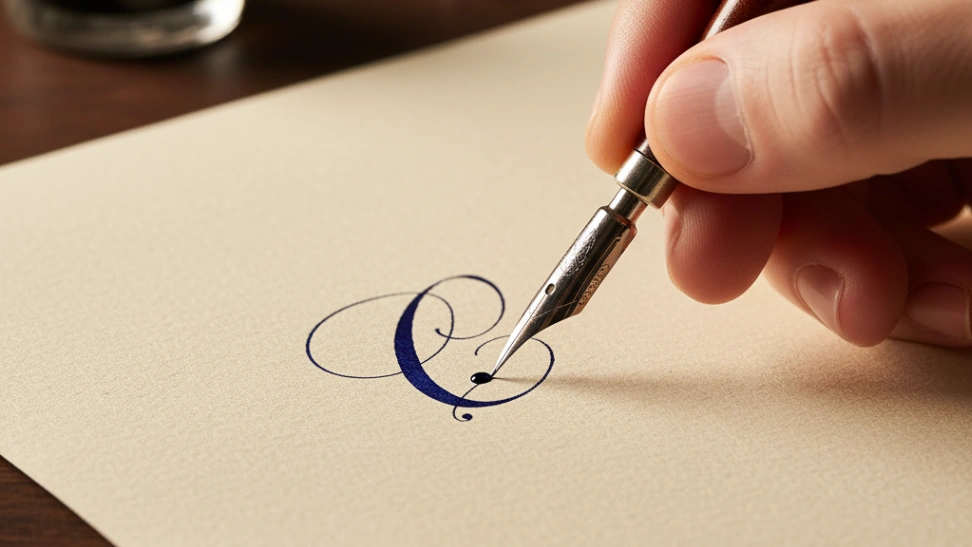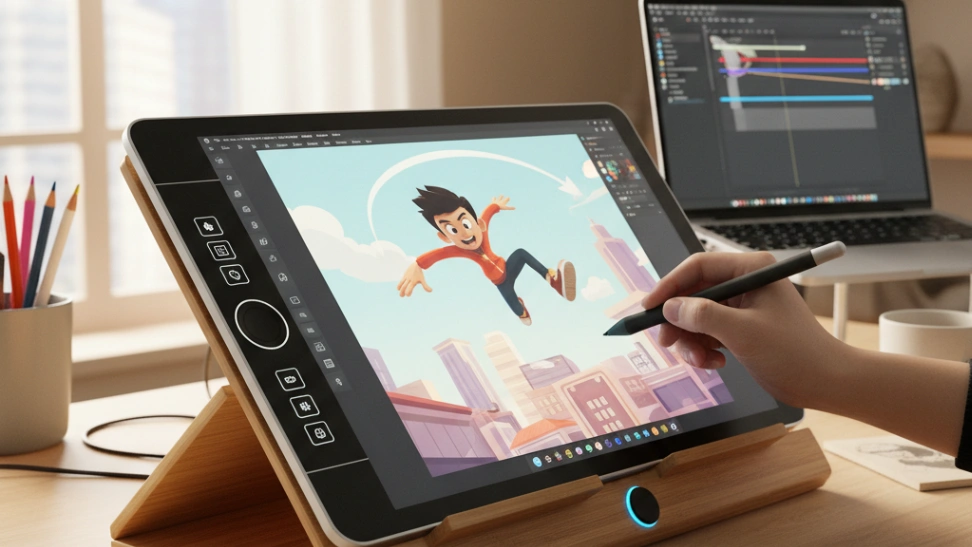Engaging in calligraphy involves more than just beautiful penmanship; it's a journey into the nuances of letterforms, spacing, and composition. Practitioners learn to control the flow of ink, the pressure of the pen, and the angle of the stroke to achieve elegant and consistent results. The hobby typically begins with foundational scripts like Italic, Copperplate, or Spencerian, which provide a strong understanding of basic letter construction and rhythm. As one progresses, they can explore a vast array of historical and modern styles, each with its unique characteristics and challenges. The meditative aspect of the continuous, focused practice often draws people to calligraphy. The repetitive, deliberate motions can quiet the mind, offering a welcome respite from the fast pace of modern life. It requires immense patience and attention to detail, fostering a sense of calm and a deep appreciation for the subtle beauty of written language. Beyond traditional scripts, contemporary calligraphy allows for significant artistic freedom, incorporating abstract elements, expressive flourishes, and even mixed media, bridging the gap between historical craft and modern art.
The history of calligraphy is as rich and varied as human civilization itself, deeply intertwined with the development of writing systems and religious texts. Its origins can be traced back thousands of years to ancient civilizations, where scribes meticulously copied sacred texts, historical records, and legal documents. In ancient Egypt, hieroglyphs were often rendered with artistic precision, foreshadowing later calligraphic traditions. Chinese calligraphy, one of the most revered art forms in East Asia, dates back to the Shang Dynasty (c. 1600–1046 BC) and is intrinsically linked to painting and poetry, often using brushes and ink to create characters that convey both meaning and aesthetic beauty. In the West, classical Roman inscriptions laid the groundwork for Latin script calligraphy, which flourished particularly in medieval Europe with the production of illuminated manuscripts. Monks spent countless hours painstakingly copying texts, often adorning them with intricate illustrations and elaborate initial letters. Arabic calligraphy, originating with the spread of Islam, developed distinctive styles such like Kufic and Naskh, revered for their geometric precision and flowing elegance, often used to transcribe the Quran and for decorative purposes in architecture. Each culture evolved its own distinct calligraphic styles, influenced by available tools, materials, and philosophical traditions, reflecting a universal human desire to elevate written communication to an art form.
The accessibility of tools makes calligraphy a welcoming hobby. At its core, it requires a pen, ink, and paper. However, the world of calligraphic tools is surprisingly diverse and specialized. Beginners often start with broad-edge pens (like dip pens with nibs or fountain pens) for foundational scripts, or pointed pens for more elaborate, flourishing styles like Copperplate. The choice of ink is also crucial; India ink, sumi ink, and various archival inks are popular, each offering different flow, drying times, and permanence. Paper quality plays a significant role, as rough paper can cause ink bleed or feathering, while smooth, sized paper allows for crisp lines. Beyond these basics, advanced calligraphers might experiment with brushes (especially for Asian calligraphy or modern expressive styles), ruling pens, quills, and a wide palette of pigments. Accessories like slants (oblique holders for pointed pens), lightboxes for tracing, and guidesheets are also invaluable. The tactile experience of working with these traditional materials, the sound of the nib on paper, and the visual transformation of a simple stroke into a graceful letter are all integral parts of the calligraphic process.
The calligraphy community is vibrant and supportive, offering numerous avenues for learning and growth. From local guilds and workshops to online forums and social media groups, aspiring calligraphers can find mentors, share their work, and draw inspiration from others. Many renowned calligraphers offer courses, both in-person and online, making specialized instruction more accessible than ever before. Festivals and exhibitions dedicated to the lettering arts provide opportunities to see masterworks and connect with fellow enthusiasts. As a hobby, calligraphy offers endless possibilities for specialization. Some practitioners focus on historical revival, meticulously recreating ancient scripts, while others push the boundaries of modern abstract lettering. It can be a purely personal pursuit, used for journaling or creating bespoke gifts, or it can evolve into a professional skill, utilized for wedding invitations, certificates, graphic design, or commercial art. The continuous learning involved, the pursuit of perfection, and the joy of creating something beautiful by hand ensure that calligraphy remains a deeply satisfying and enduring art form for its dedicated adherents.



